Marcio A. Teixeira
Effect of Imbalanced Datasets on Security of Industrial IoT Using Machine Learning
Dec 02, 2019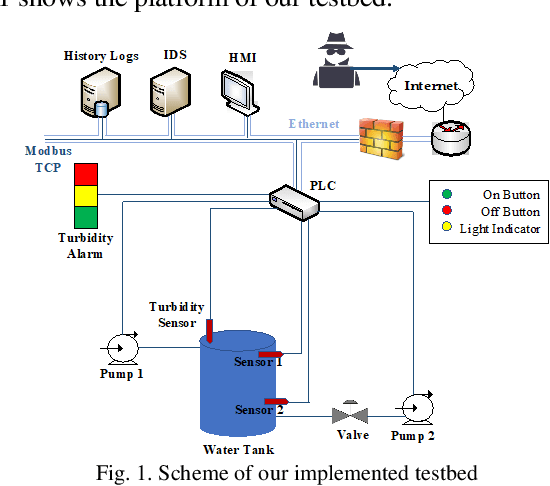
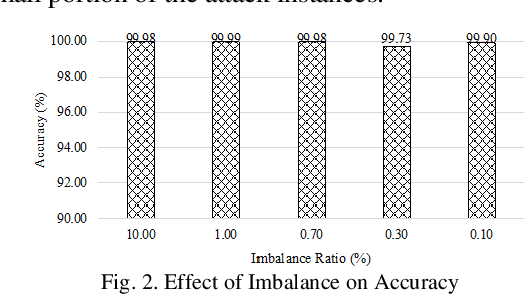
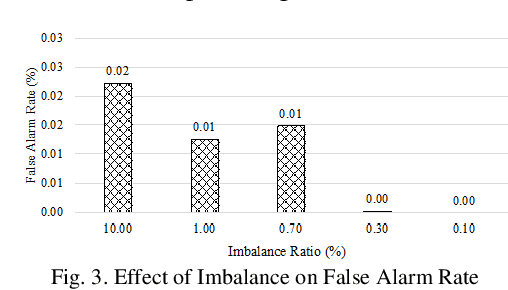
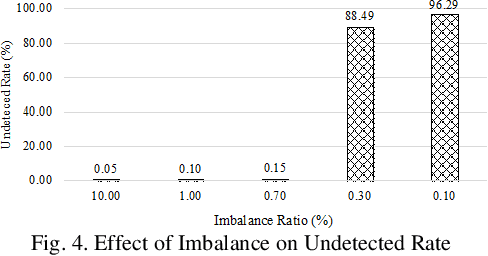
Abstract:Machine learning algorithms have been shown to be suitable for securing platforms for IT systems. However, due to the fundamental differences between the industrial internet of things (IIoT) and regular IT networks, a special performance review needs to be considered. The vulnerabilities and security requirements of IIoT systems demand different considerations. In this paper, we study the reasons why machine learning must be integrated into the security mechanisms of the IIoT, and where it currently falls short in having a satisfactory performance. The challenges and real-world considerations associated with this matter are studied in our experimental design. We use an IIoT testbed resembling a real industrial plant to show our proof of concept.
Machine Learning Based Network Vulnerability Analysis of Industrial Internet of Things
Nov 13, 2019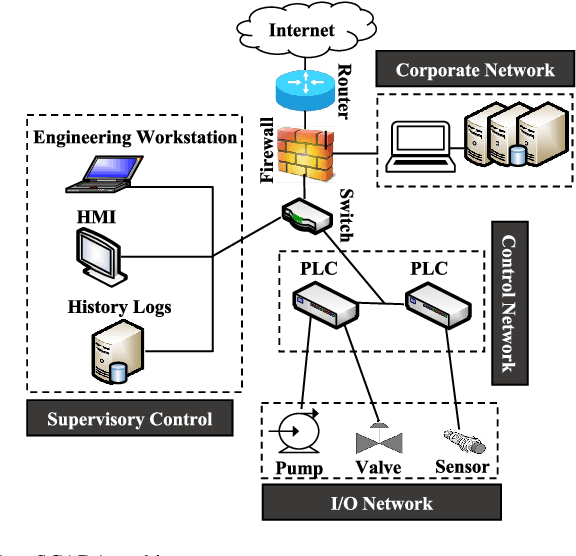
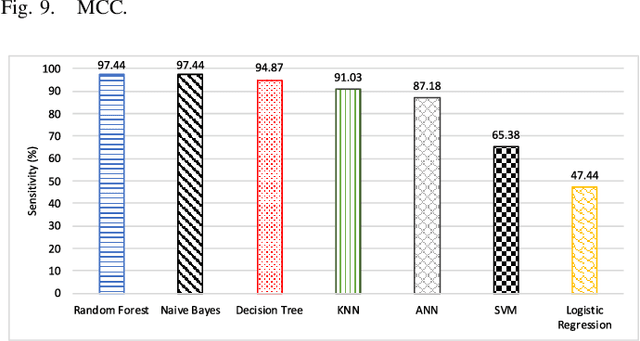
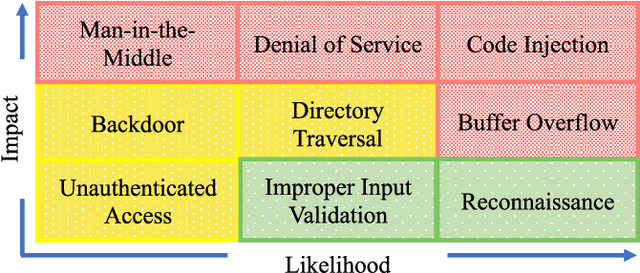
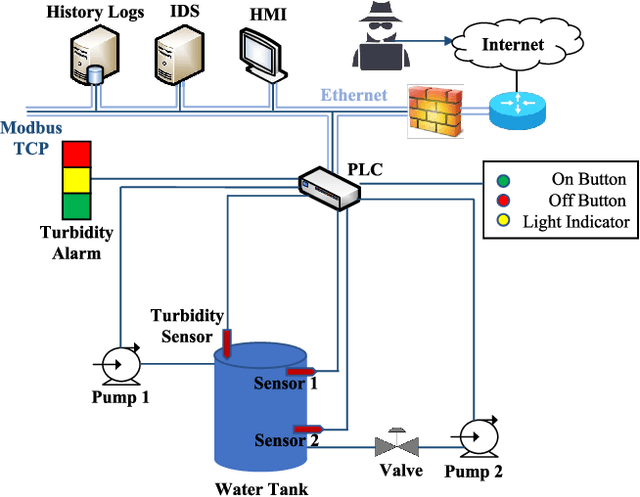
Abstract:It is critical to secure the Industrial Internet of Things (IIoT) devices because of potentially devastating consequences in case of an attack. Machine learning and big data analytics are the two powerful leverages for analyzing and securing the Internet of Things (IoT) technology. By extension, these techniques can help improve the security of the IIoT systems as well. In this paper, we first present common IIoT protocols and their associated vulnerabilities. Then, we run a cyber-vulnerability assessment and discuss the utilization of machine learning in countering these susceptibilities. Following that, a literature review of the available intrusion detection solutions using machine learning models is presented. Finally, we discuss our case study, which includes details of a real-world testbed that we have built to conduct cyber-attacks and to design an intrusion detection system (IDS). We deploy backdoor, command injection, and Structured Query Language (SQL) injection attacks against the system and demonstrate how a machine learning based anomaly detection system can perform well in detecting these attacks. We have evaluated the performance through representative metrics to have a fair point of view on the effectiveness of the methods.
 Add to Chrome
Add to Chrome Add to Firefox
Add to Firefox Add to Edge
Add to Edge